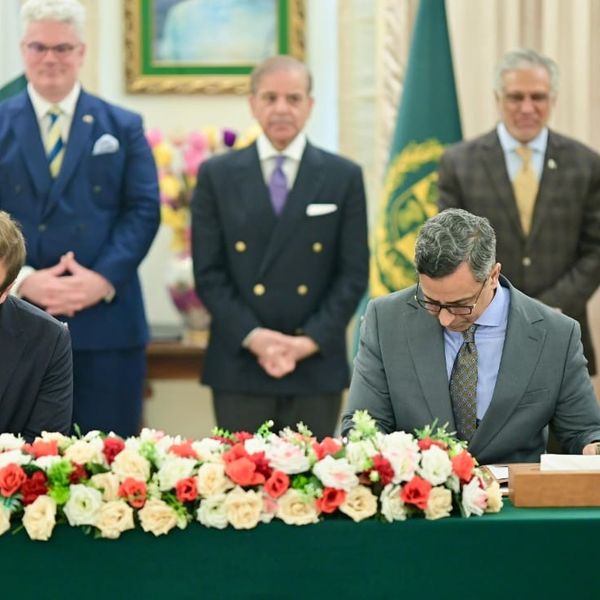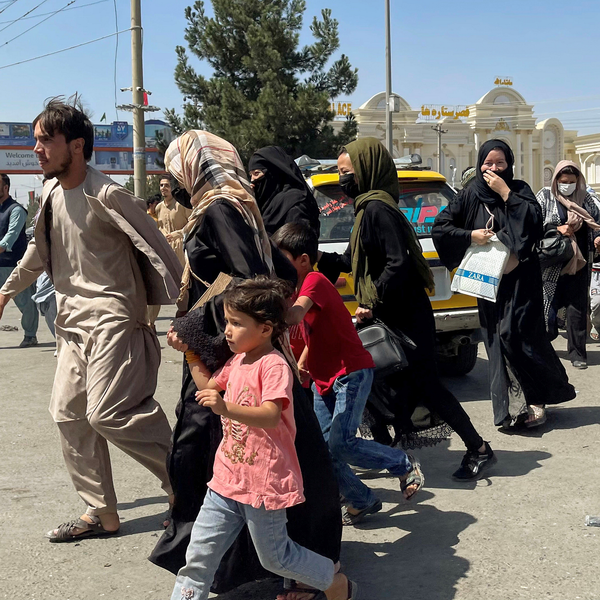Pakistan's external debt obligations in FY26 amount to $25.9 billion
Foreign exchange reserves to cross $17 billion by June 2026
Business Desk
The Business Desk tracks economic trends, market movements, and business developments, offering analysis of both local and global financial news.

State Bank of Pakistan (SBP) Governor Jameel Ahmad shared on Wednesday that the central bank has purchased nearly $20 billion from the foreign exchange market over the last three years — interventions aimed at building reserves without disrupting market dynamics.
With foreign exchange reserves already at $14.5 billion, the SBP projects them to reach $15.6 billion by December and $17.5 billion by June 2026, assuming the realization of planned official inflows.
These projections are underpinned by recent sovereign credit rating upgrades, with the potential for further upgrades creating a more favorable financing environment.
He shared the information during an in-depth briefing to analysts on Wednesday following the Monetary Policy Committee’s (MPC) decision to maintain the policy rate at 11%, emphasizing the central bank’s focus on maintaining economic stability amid a modest growth rebound and persistent external pressures.
The governor highlighted that while inflation may rise modestly due to energy price adjustments, the central bank expects it to remain within the 5-7% target range, supported by prudent monetary and fiscal policies.
For FY2025-26, the government is expected to meet $25.9 billion in external obligations, of which $16 billion are anticipated rollovers, backed by assurances given to the IMF. The remaining includes $6 billion in interest payments and $4 billion in principal repayments, Ahmad disclosed.
Trade and current account challenges
Despite stronger remittance inflows — projected to exceed $40 billion under a revised incentive scheme — the MPC anticipates the current account to shift into a mild deficit of 0-1% of GDP in FY26, primarily due to rising import demand as the economy recovers and global trade slows.
Ahmad noted that imported inflation risks remain, particularly with non-oil imports rising 16% in FY25 and total imports hitting $59.1 billion. The central bank, he said, would maintain a careful balance between supporting economic activity and preserving external buffers.
Monetary policy and inflation risks
While reiterating that the SBP does not have a fixed target for the policy rate, the governor emphasized that the MPC remains data-driven and committed to maintaining positive real interest rates, in line with International Monetary Fund recommendations.
The policy rate was held steady at 11% in Wednesday’s decision, as the MPC acknowledged upward inflation pressures stemming from the withdrawal of power subsidies and gas fixed charges. Despite this, it expects inflation to stabilize, supported by a strong monetary stance and improving macro indicators.
The SBP projects GDP growth to rise between 3.25% and 4.25% in FY26, up from 2.7% last year, driven by improved agricultural performance following better rainfall and a low base effect. This is expected to spill over into the manufacturing and services sectors, supported by improving business sentiment and easing financial conditions.
Sectoral developments and policy measures
Ahmad highlighted a cautious stance on consumer financing, particularly the PKR 3 million cap on auto loans, which the central bank is hesitant to relax due to its potential impact on imports. Nevertheless, auto financing has already shown a notable uptick.
He also confirmed that the long-awaited Naya Pakistan Housing Finance Scheme has been approved by the Economic Coordination Committee (ECC) and is awaiting cabinet ratification. Once finalized, SBP will begin rollout instructions to banks, marking a key step in expanding housing finance access.
In closing, the governor stressed that while foreign exchange interventions and macroeconomic stabilization have improved resilience, sustainable growth will require deep structural reforms to enhance productivity, investment, and export competitiveness.
“We remain committed to supporting economic stability while facilitating a cautious recovery path,” Ahmad stated, underlining the SBP’s ongoing role in managing liquidity, supporting the rupee, and guiding inflation expectations.










Comments
See what people are discussing